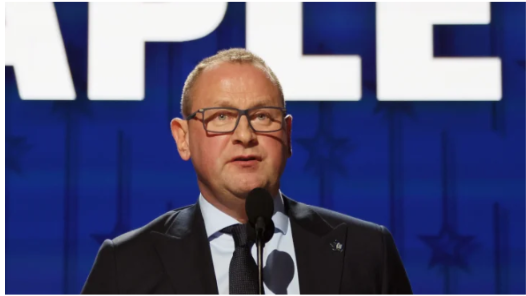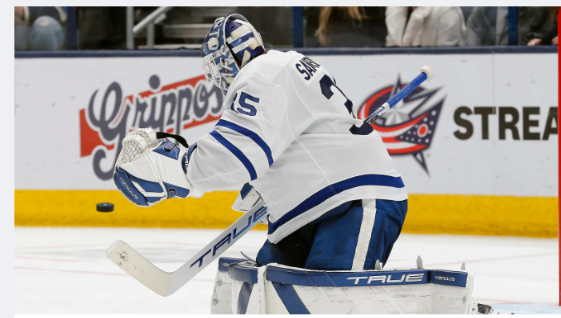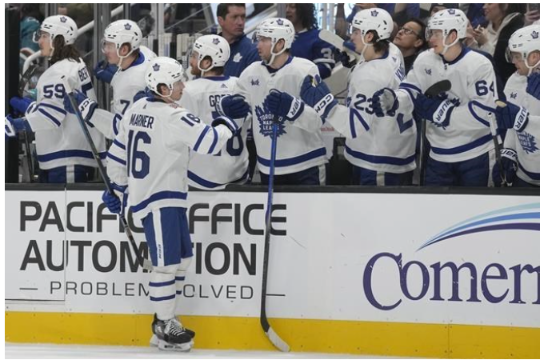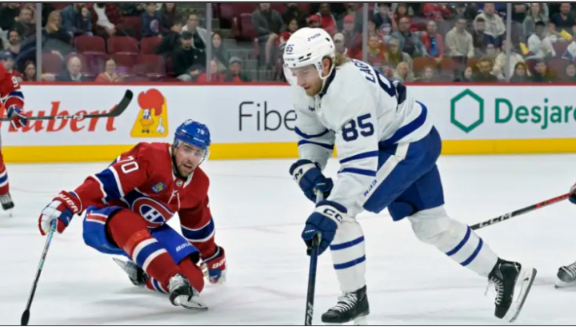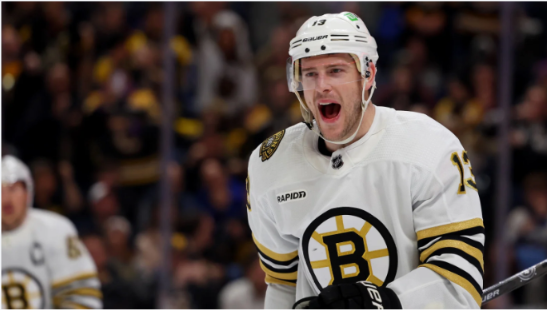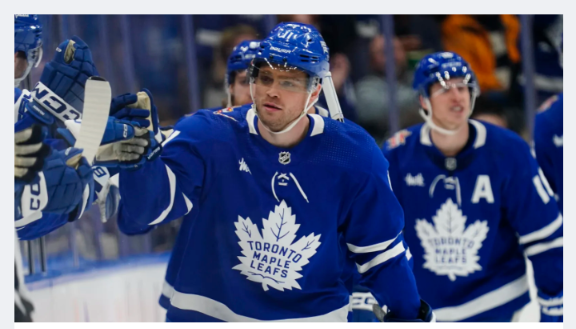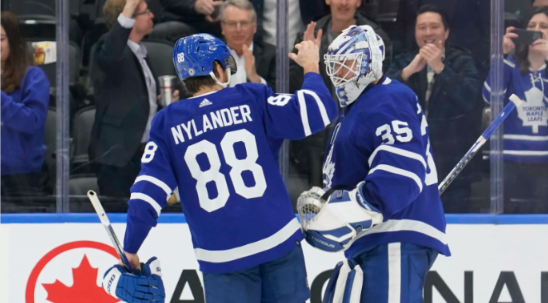Brad Treliving’s First Deadline as Toronto Maple Leafs GM. Was it a Flop?
The Toronto Maple Leafs approached this year’s trade deadline with several glaring needs to address. However, despite speculation and anticipation, the team’s efforts fell short in meeting those needs, leaving many fans and analysts questioning the effectiveness of their trades. One of the primary needs for the Maple Leafs was to bolster their defensive lineup,…
The Toronto Maple Leafs approached this year’s trade deadline with several glaring needs to address. However, despite speculation and anticipation, the team’s efforts fell short in meeting those needs, leaving many fans and analysts questioning the effectiveness of their trades.
One of the primary needs for the Maple Leafs was to bolster their defensive lineup, particularly with a star player on the blue line. Additionally, there was a need for improved forward depth and a reliable goaltender, given the risks associated with relying on a rookie goalie and a player who had recently cleared waivers entering the playoffs.
While other teams around the league made significant acquisitions to strengthen their rosters, the Maple Leafs opted for a different approach, focusing on depth and retaining prospects rather than pursuing top-tier talent to address their immediate needs.
By the time the trade deadline passed, the Leafs had completed four trades, acquiring players such as Ilya Lyubushkin, Joel Edmundson, Connor Dewar, and securing the rights to Cade Webber and Kirill Slepets. However, despite these moves, the team failed to acquire players who could effectively address their most pressing needs.
The acquisition of Lyubushkin, who was slotted into a top-pair role alongside Morgan Rielly, initially showed promise with positive early returns. However, concerns remain about the sustainability of this pairing, especially in the playoffs, where they could face tougher competition.
Edmundson’s addition provided some defensive depth, but his performance elsewhere raised doubts about his ability to make a significant impact with the Leafs. Similarly, the acquisition of Dewar, while adding defensive abilities upfront, did not fully address the need for additional forward support.
The acquisition of Webber, a defensive defenseman from the NCAA, showed the Leafs’ willingness to invest in prospects with potential long-term value. However, it remains to be seen if Webber can translate his collegiate success into a meaningful NHL career.
Overall, the Maple Leafs’ trades at the deadline left many fans and analysts underwhelmed. Despite trading multiple draft picks and prospects, the team failed to address their most prominent needs effectively. The failure to acquire players like Adam Henrique, Alex Wennberg, or Jack Roslovic, who could have filled crucial roles, adds to the disappointment surrounding the deadline moves.
While the Maple Leafs may have become a heavier and tougher team on paper, there are concerns about whether these acquisitions will truly strengthen their roster for playoff contention. As history has shown, the team’s shortcomings in addressing critical needs could leave them vulnerable to opposition attacks in the postseason.
